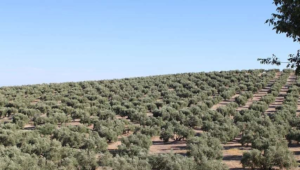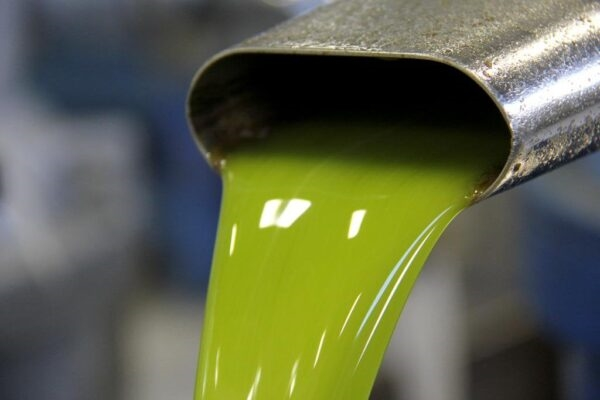Now that the oil industry, like Coldiretti-Unaprol-Foa, agrees with the initial estimates by OlivoNews on the production of olive oil in the next olive oil campaign in Italy – equal to approximately 300 thousand tons – it’s interesting to check how our country will position itself in the world market. With the help of an investigation conducted by colleagues at the Spanish newspaper Mercacei, we are able to propose the expected forecasts in the main olive oil producing countries, starting from the SpainWell, if you look closely, it is worth noting that Italy is moving up the rankings compared to last year when, with 248 thousand tons, had dropped to fifth place. Now, if the projections are confirmed, theour peninsula will be able to climb back onto the podium, even if on the lowest level, that of the tthird position, followed by Spain, which confirmed its figures from last year, and a surprising Tunisia. Behind Italy are Greece and Turkey (which surpassed it last year), which could also be overtaken by Morocco. Portugal is also recovering. Below are the country-by-country estimates for the main olive-growing countries in the Mediterranean, where the vast majority of the world’s olive oil is produced.
Spain

Abundant spring rains allowed for excellent flowering and fruit set, resulting in a very abundant harvest. However, the estimate was reduced by the high summer temperatures recorded in the main producing areas, which negatively impacted the olives. By region, the estimate reflects a 5% decline in Andalusia, where production could reach 1.080.900 tons, approximately 79% of the national total. Production will also decline in the second-largest producing region, Castile-La Mancha, where 121.500 tons is expected, 17% less than in the 2024/25 season.
Greece
In Greece, production is estimated to be slightly higher than 200.000 tons, down by approximately 15% Compared to last year, when it stood at 240 tons. Of these, 90.000 tons will come from the Peloponnese and 50.000 from Crete, the island where the most significant reduction will be recorded due to the prolonged drought. The dry climate, with little rainfall, has not led to any olive fly attacks or fungal diseases.
Tunisia
The abundant rainfall throughout the year, including summer, evenly distributed across all olive growing areas, suggests a record harvest for the North African country, with estimates even exceeding the 450 thousand tons and approaching 500 thousandThis fact suggests that harvesting and milling operations will continue until late spring.
Morocco

Turkey
After last year’s record production, the slow year and weather conditions could lead to a production collapse, dropping to 170 thousand tons of oil, practically less than half of the previous campaign. High temperatures in April damaged the flowering buds, preventing them from producing fruit, and a lack of rain from June to September also hindered fruit development.
Portugal
After a winter and spring characterized by heavy rains, flowering in Portugal was abundant, but fruit set was not as expected. The ensuing heat, while on the one hand allowing the olive fly to avoid damaging the fruit, at the same time lowered expectations. Operators therefore believe that Portugal will produce among the highest yields this year. 180.000 and 200.000 tons of oil.


Dining and Cooking